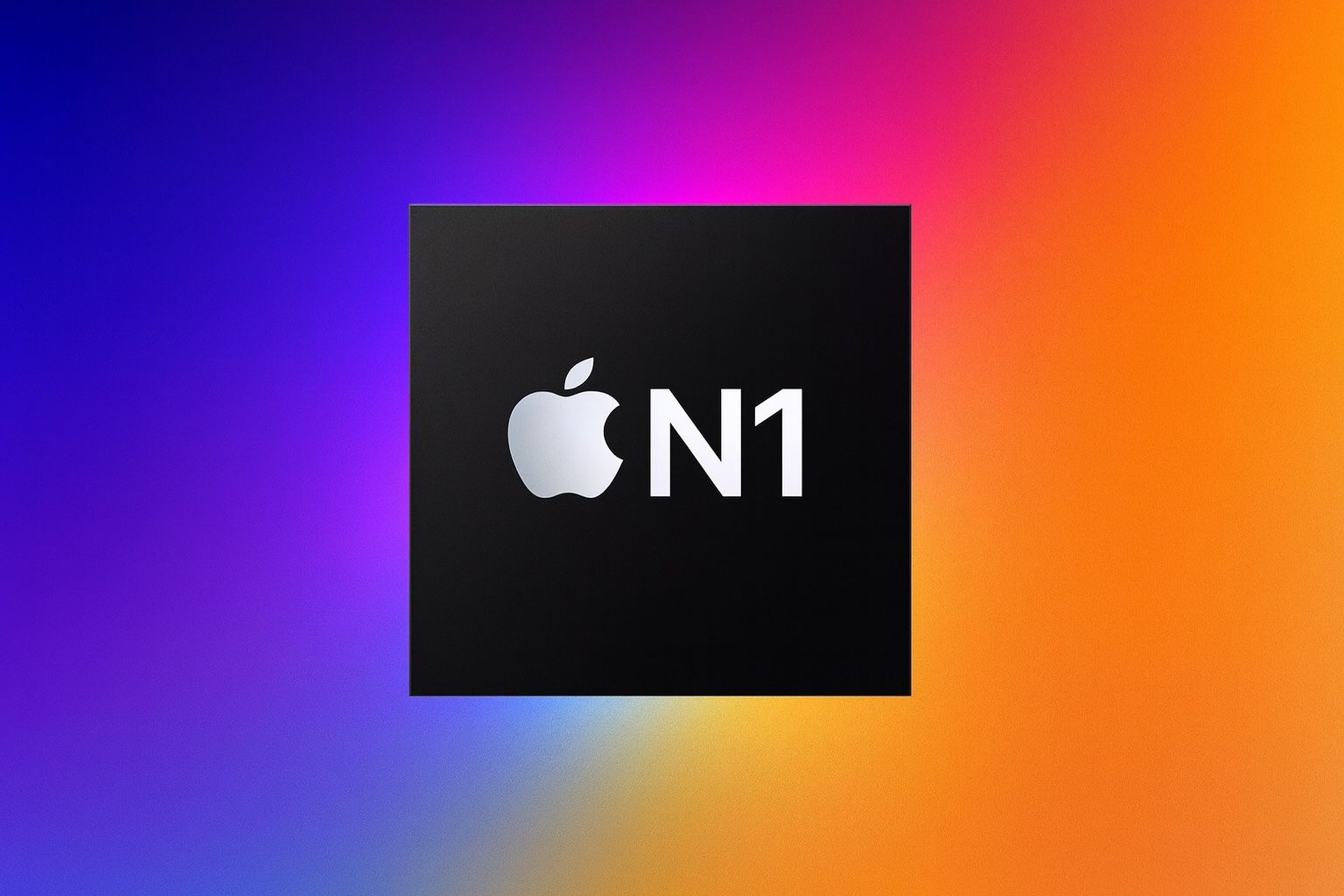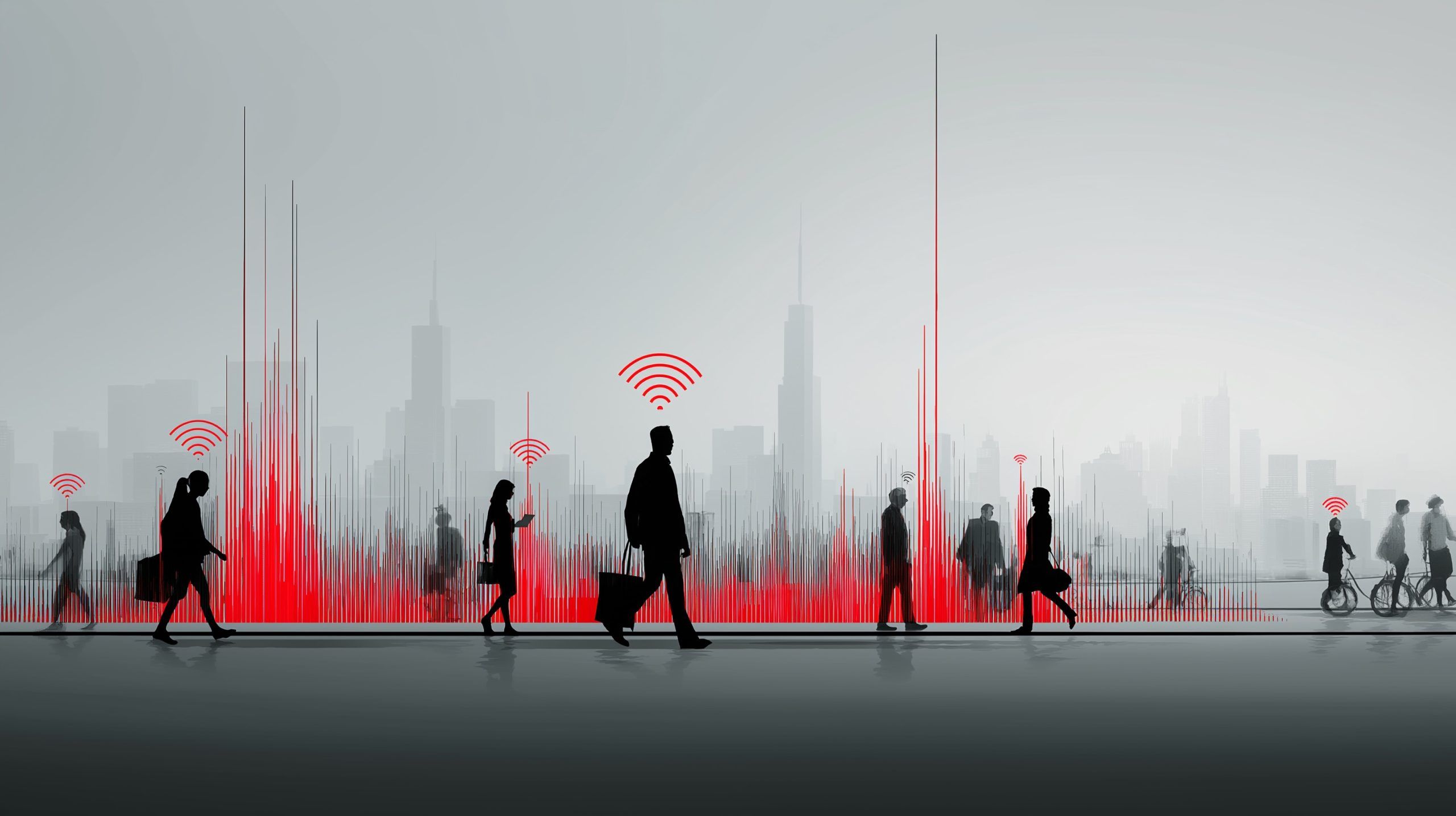
Nothing Ear (3) Launch: Wireless Earbuds Get a Wild ‘Talk’ Button in Bold Bid to Challenge AirPods Pro
Features and Specifications Audio Quality and ANC The Nothing Ear (3) aims to deliver a flagship-caliber sound experience. It houses 12 mm dynamic drivers – about 20% larger surface area than the Ear (2)’s drivers – with a newly engineered diaphragm

